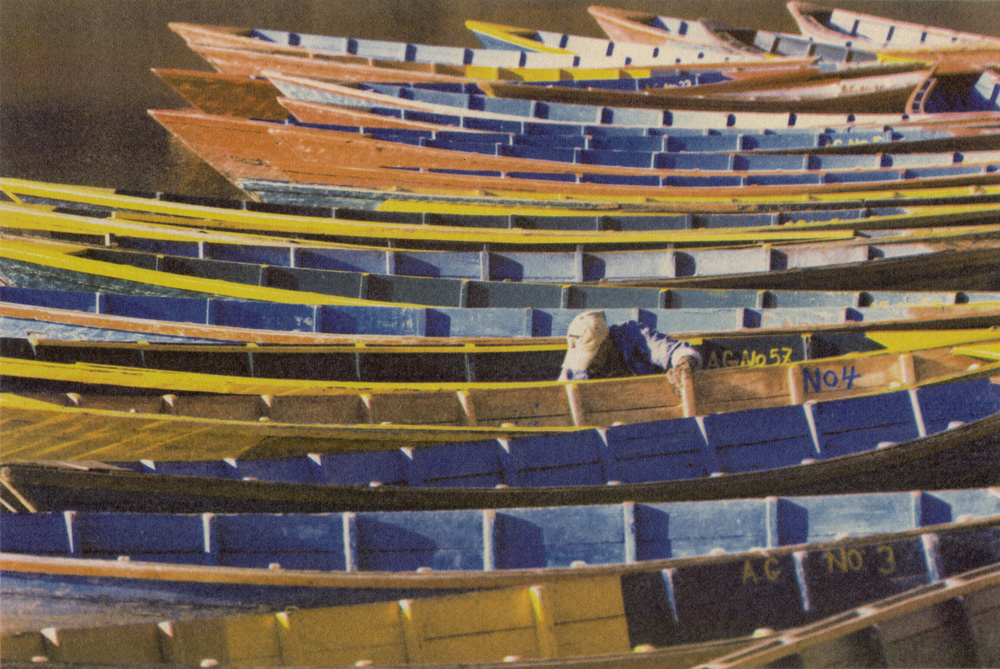
This post really should be more interesting than the title sounds. It’s not a chemistry lesson, I promise!
A little over a year ago I started learning about historical photographic printing processes, or “Alternative processes”, as they are widely known, which is weird since they have been around since the beginning of photography. “Original processes” might be a better term, but then this isn’t a New Coke / Classic Coke situation. Anyhow, I digress.
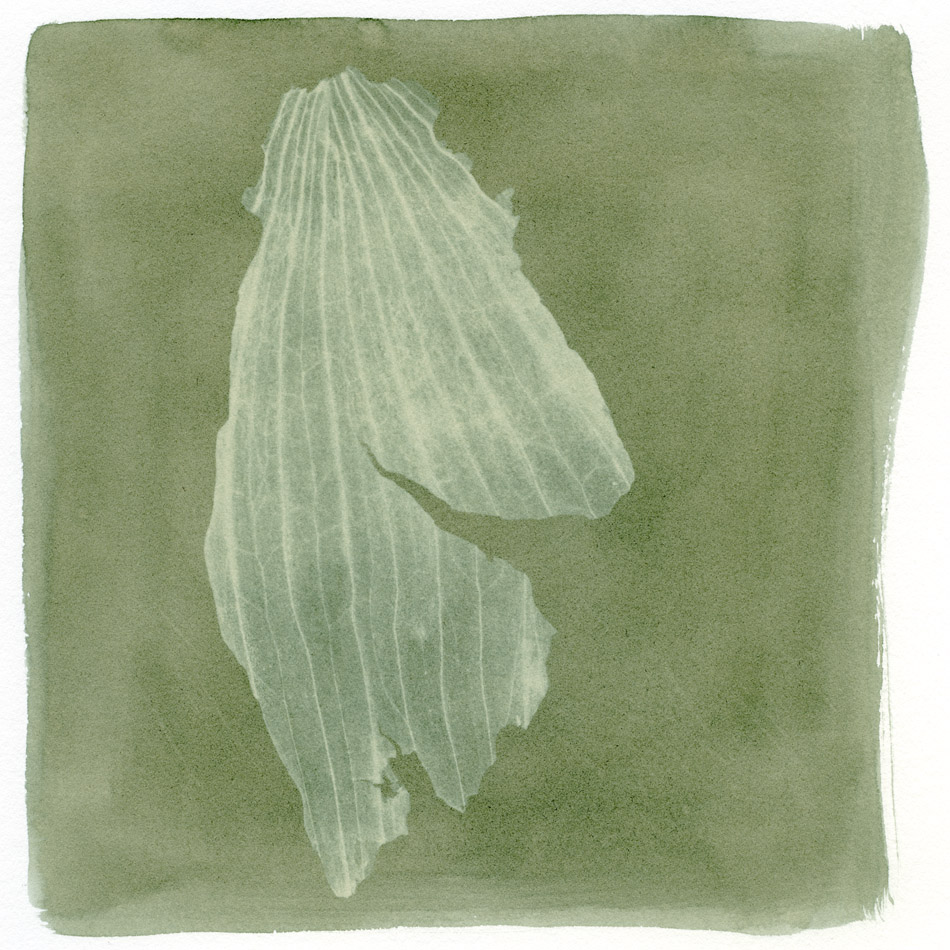
The classes started with relatively straightforward processes such as cyanotype and kallitype (although I recently discovered that cyanotyping can be more convoluted than I originally thought). Some processes were intricate, involving egg whites and gelatin and tedious paper preparation, but the end results were images that looked like normal photographic prints.
One process, gum bichromate, started off innocently enough. It’s one of the more simple processes to carry out, with relatively few and easily available (and relatively cheap) components. At its simplest you need watercolor pigment and gum arabic (available at any art store or online) and potassium dichromate (easy enough to buy online). Aside from that? Water. That’s it for chemistry. A paintbrush and some nice French watercolor paper and you’re off and running.
This process is a merciless bitch far more daunting than weaving straw into gold. –Keith Taylor, a master of gum printing
We started with some basic colors: cadmium yellow, indigo, permanent carmine, etc. You can even make black and white images with Lamp Black or Mars Black, for example. (One of my favorite (self-) portraits turns out to be a gum print in black.) Brenton, my teacher/boss/friend, suggested I try perylene green, which quickly became my favorite single color.
Then I realized there are dozens of watercolor pigments. Just from Winsor & Newton. Then I found out there are a half dozen or more high-quality manufacturers, each with their own take on the pigments (all with great names like Schminke Horadam, Holbein, and Sennelier, to name a few).
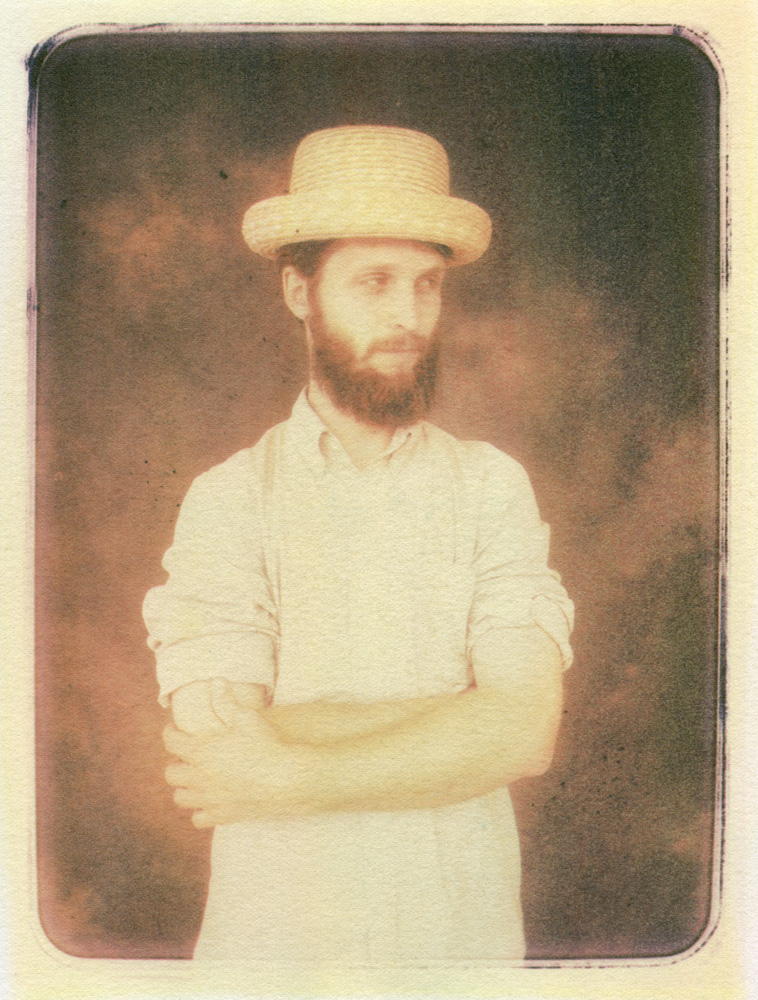
Then – and this is where I went down the rabbit hole – we got to tri-color gum printing, in which we combine different pigments to make full color images.
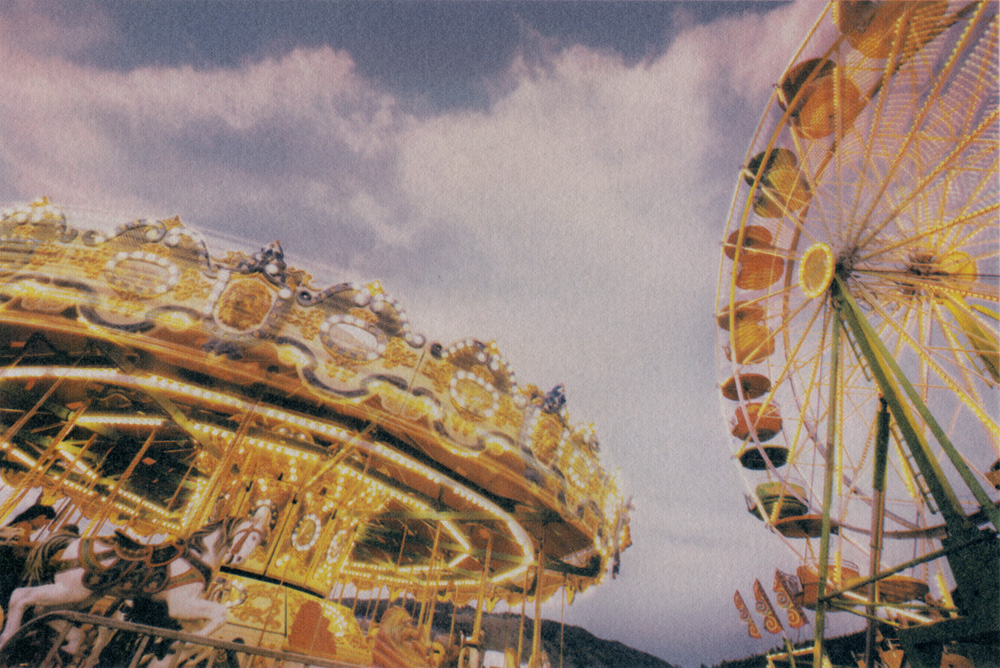
The basic idea behind tri-color gum is the same as other forms of printing: combine a set of basic pigments to produce a wider array of colors. I start with a color image and separate out the Cyan, Magenta, and Yellow components. I make a negative of each of these channels – a negative that holds the “data” for that color – how much or how little to expose for each of the layers. Things that are very yellow will be clear in the yellow negative, and colors that have no yellow in them would be dark in the negative. All of the colors in this type of printing are made up of some percentage of cyan (C), magenta (M), and yellow (Y). And in some cases, black – hence the term CMYK (K = black) but I haven’t ventured into that territory much yet.
Tri-color gum prints are made by painting a layer of a given pigment on the paper and exposing using the corresponding negative. The yellow negative gets a layer of cadmium yellow emulsion. I use different pigments at different times, but let’s say I make the cyan layer with an indigo watercolor, or maybe a phthalo blue. The magenta layer might be permanent magenta, permanent carmine, or something nifty called quinacridone magenta.
The process, as I mentioned, is relatively simple. I can coat and expose a layer in 15 minutes, including setting up and cleaning up. But then the print may wash in water for an hour. Then it must dry between layers, so there is another hour or so, depending on humidity. The Teton County Fair image above has 12 layers…do the math. That print took me 24 hours over a two week period to create. And I’m not 100% satisfied with it, so I’m still trying to get it right, a year later.
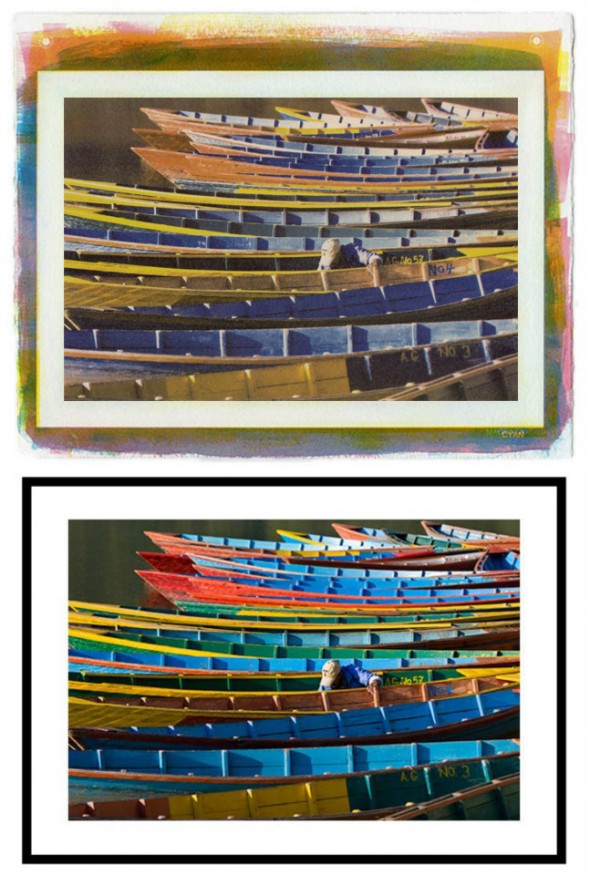
I was originally turned off by gum bichromate, and I’ll admit the dumb reasons why. First, I think I subconsciously associated the “gum” part of the name with bubble gum, of which I am not a fan. Secondly, the first prints I saw identified as gum bichromate prints were, in fact, bubble gum pastel colored: pale blue, pink, and pale green. (It turns out I had seen gum prints before, without knowing it. One of the most expensive photos ever sold, for a cool $2.3 million, was rendered in gum.) I wasn’t enamored of it, and I was still ignorantly thinking that photographs should either be black and white or true color.
What starts off as a simple combination of gum, pigment, and potassium dichromate becomes infinitely complex with the possibilities for different pigments, different mixture ratios, and different combinations of colors.
Gum printing engenders in its followers a certain amount of obsessive behaviour. Not only do they suffer from the delusion that they may be “artists”, but they are given to long and tedious bouts of making tests. Tests on the mixing of colours, tests on the transparency of colour, exposure times, strength of the dichromate mixture, etc. There appears to be no long term cure for this. – Randall Webb
And I’m still just working on either single-color gum prints, or “true-to-life” tri-color prints. During a summer workshop for Young Artists at the Maine Media Workshops one of the students took the three separation negatives I’d made for him and made a tri-color print, except he didn’t use a magenta pigment for the magenta layer, he used something else. I don’t know the details, but let’s say he used yellow pigment with the cyan negative, red with the yellow negative, etc. The image was beautiful, one of the two that I asked to keep from the students because it made me think differently about what I was doing. (The other keeper from the week was one where the student drew on a piece of transparent film with a Sharpie and printed that – a modern-day take on the Cliché Vert.)
The final step in gum is to take your print, turn it upside down, then drop it into the trash can. -Old gum printing adage (if you know who said this lemme know)
For some reason, gum stuck with me. I love the colors and the possibilities. I even like the smell (usually…some pigments not so much). I enjoy knowing that I can make a color print in a normal room in (dim) visible light. I am looking forward to trying all the ideas floating around in my head.
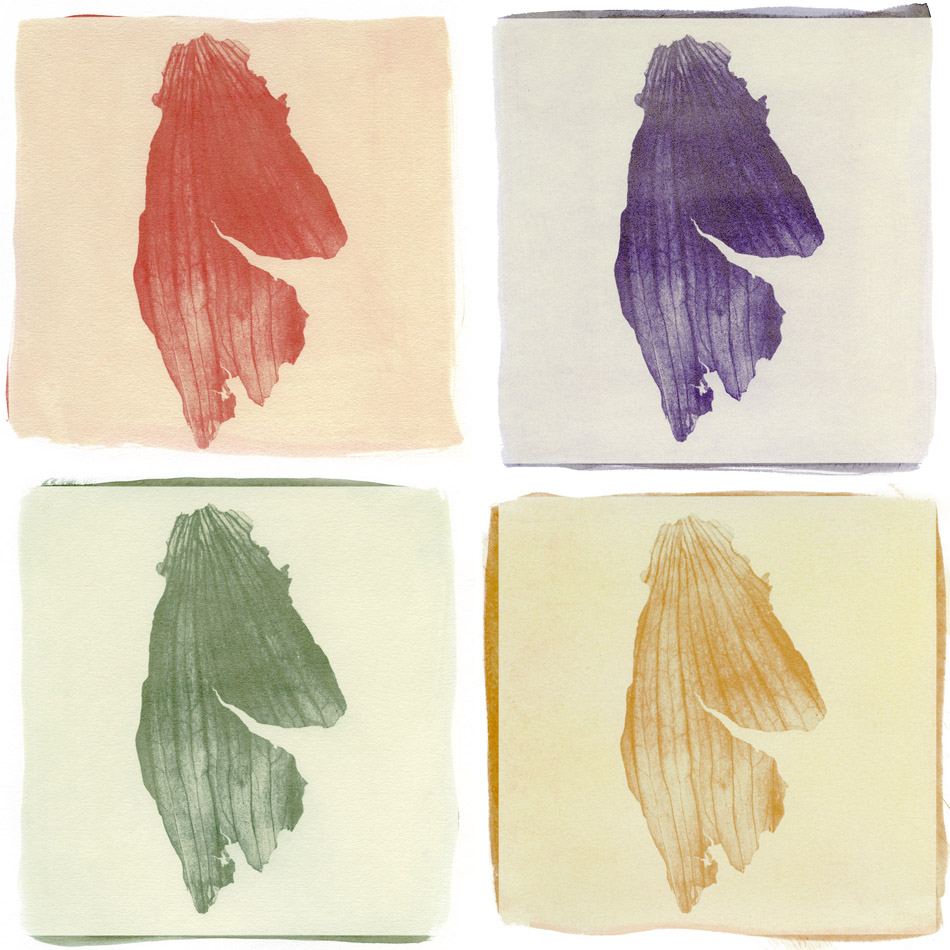
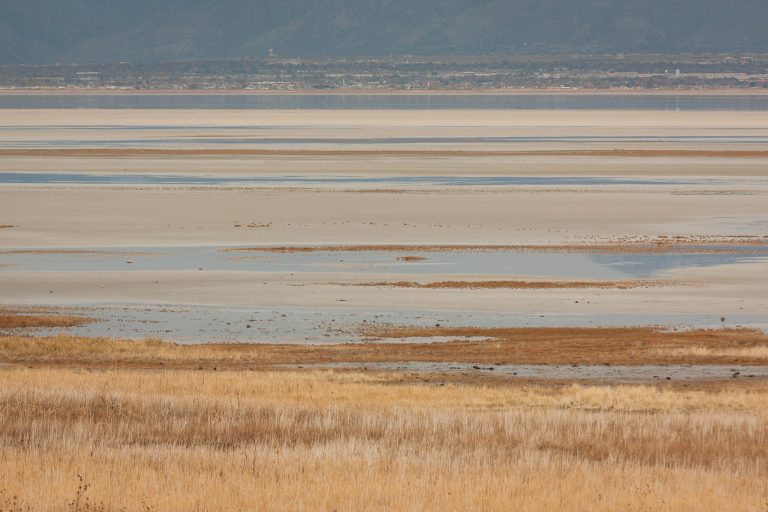
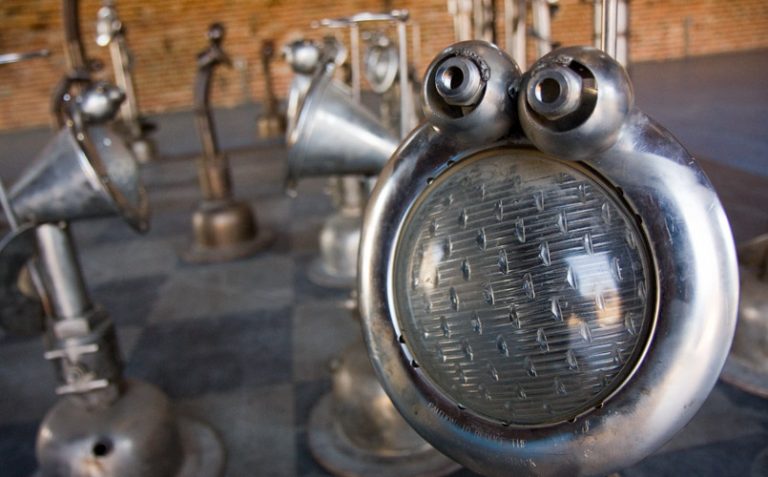
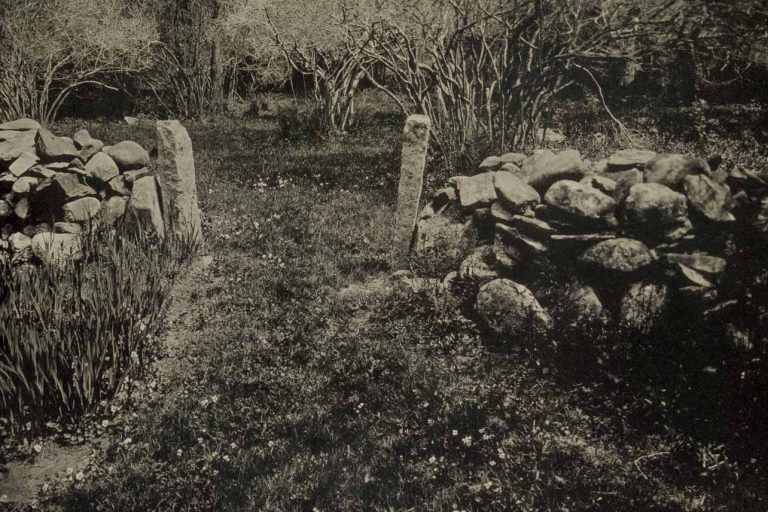
Pingback: The Nomadic Frog Blog » Archive » Muted Landscapes